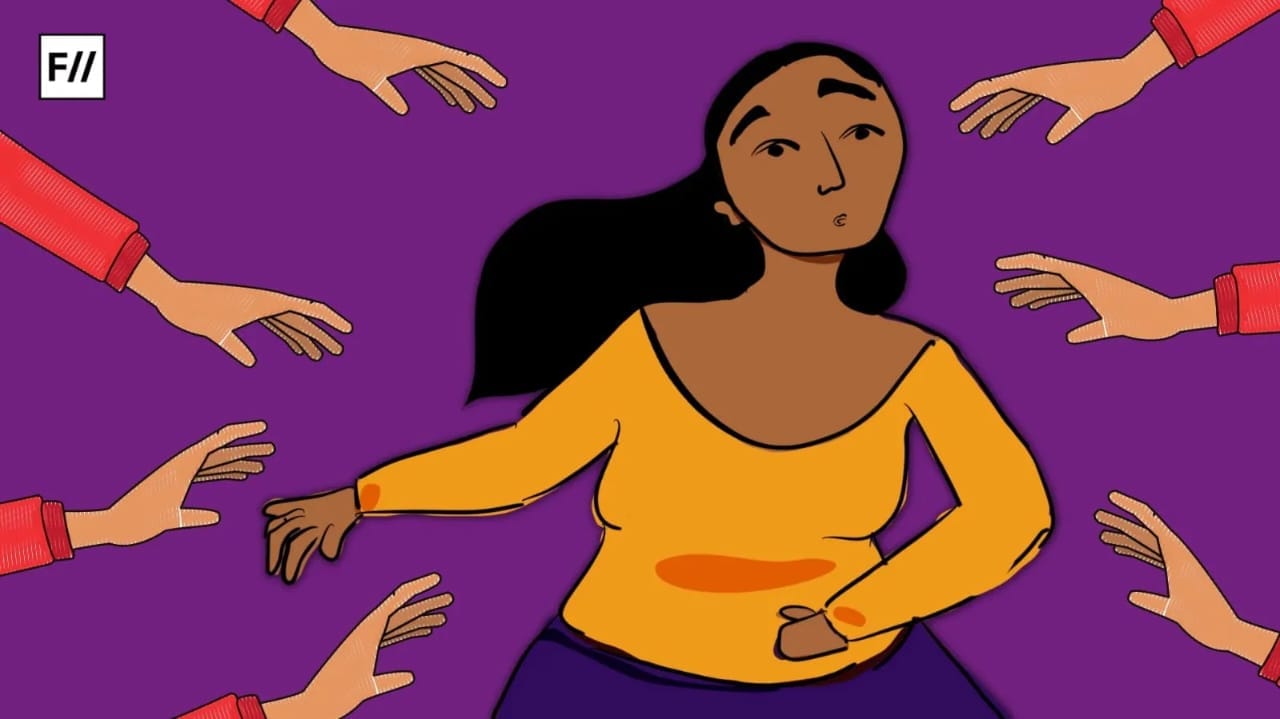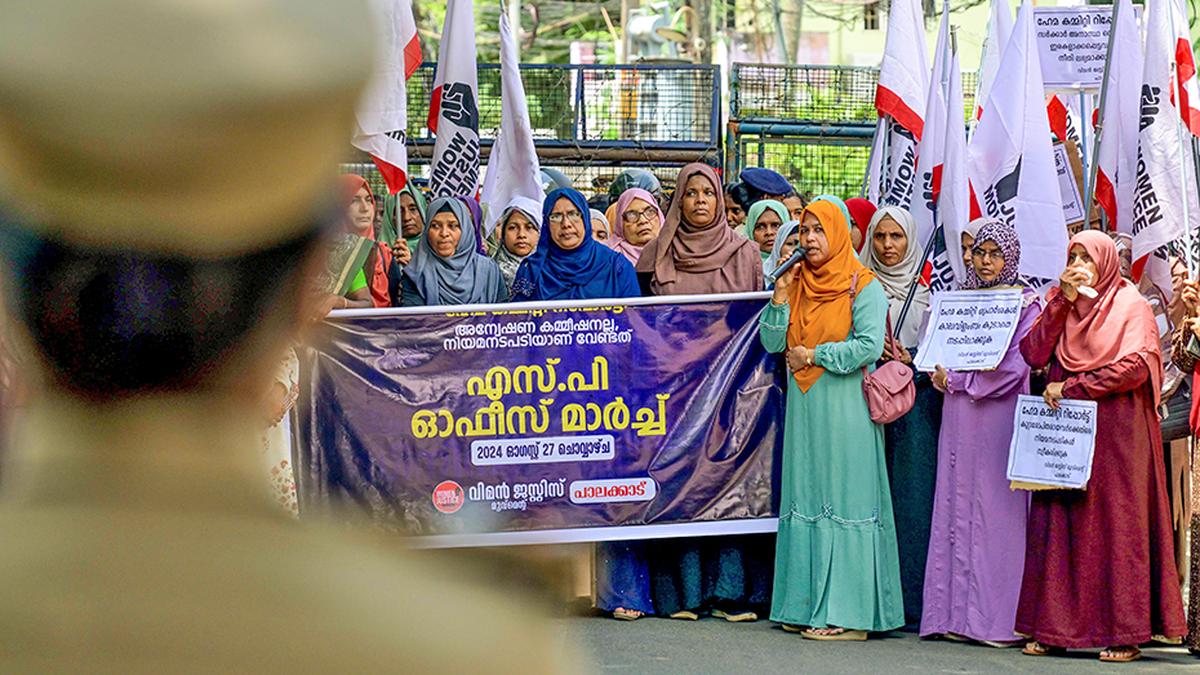At Chandigarh University, a student residing in the hostel shot a video of herself, and possibly other students. These videos were then leaked by her rumoured partner who was arrested from Himachal Pradesh. Reports point to the possibility of the female student being blackmailed and coaxed into sharing the same. Furthermore, the police investigation purports the possibility of a video of another student other than the accused student, but a confirmed report is yet awaited.
Students at Chandigarh University called off their protest following the arrest of the three accused and the setting up of all women SIT to investigate the charges of leaking objectionable videos from the girls’ hostel. The facts of the case continue to remain murky with little to no clarity given the rampant spread of fake news.
The rumour mill successfully churned the facts into a scam, where 60 students’ videos were leaked and 22 attempted suicides. The latter incident referred to students fainting on campus and being provided with necessary medical attention. The FIR of the incident has been filed under Section 66E IT Act (violation of privacy) and the accused as of now have been charged with section 354C of IPC (voyeurism).
Save our Pride
The harrowing incident has once again resulted in clarion calls for saving the pride of our nation which is our daughters. Speaking on the need to have a proper investigation and ensure justice is met, Bhagwant Mann stated the need for a high-level inquiry for the ‘daughters are our pride‘. Similar statements were spoken by AAP Leader Arvind Kejriwal and Harjot Singh Bains, to name a few.
The idea of locating national pride in woman’s bodies has been a patriarchal disciplining tool recognised through colonial history. The disgrace that falls upon the community when the female body is violated has been employed as a tool in conflict and civil wars. This linking of national pride to female bodies further results in questioning morality and controlling sexuality. The construction of the ‘good woman’ in which lies the pride of the nation can be traced in Indian history with the creation of the Bharat Mata.
This construction of who constitutes the good woman is transient through space and time. In pre-colonial India ideal femininity was constructed within the boundaries of domestic, independent movement their role was constructed as culture carriers and in the neo-liberal sensibility became another ideal body for labour. These constructions are just a few to name, though it remains worrisome that the survivors of the incident have been painted with the same stroke of national pride without catering to their needs.
Construction of Morality
The rumour that 22 students died by suicide following the incident at Chandigarh University also points to the public psyche of the country. The expectation that if 60 women have lost their dignity and pride by a violation of their privacy, suicide is the logically accepted narrative. Young female students cannot live a life of dignity and have already been constructed as victims. Their morality has been reduced to the logic of virgin purity.
Often, female honour is reduced and exclusively bound to sexual reputation. Manifestation of the same ranges from accusing the survivors of sexual assault and greater moral policing of female students in schools. The honour of female students at the Chandigarh University was reduced to their sexual reputation, not only by the perpetrator but also by politicians, administration at the university and the public by making clarion calls of saving the honour of our daughters and sisters.
The ‘DPS MMS Scandal‘ in 2004 forced the Indian public to engage with their women as sexual beings. A video was uploaded on the internet where a young female student engaged in oral sex with her partner. The public anger was fuelled by two opposing intentions, first the self-righteous anger of hurt collective honour. Second recognising what had been attributed to be leud in western culture was part of their own social. The response collectively missed taking into account the survivor, their needs and the personal cost of this breach of privacy resulted in. A decade later and the need for survivors is again amiss in the collective response of the country.
Violation of Privacy
The violation of the privacy of the students at Chandigarh University is a concern which remains completely amiss in the public. Given the fast-paced growth of technology, piracy software, and hardware, Indian laws and security standards can barely keep up. What makes these concerns even worst for gendered bodies is because of the gendered differential in terms of capability and accessibility. Given a resource restriction and greater discipline exerted on sexual minorities their knowledge and accessibility to Information Technology remains lopsided.
Information Technology is not just a buzzword which shows greater male participation, it is a social construction of a male-specific market, where gendered minorities are missed. It is not just greater participation by male bodies in the STEM field but also the knowledge industry that ensures that gendered minorities are not privy to these fields.
Other than this the economic cost of loss of privacy covers a very small spectrum of concerns. Reports show that women are targeted for identity theft, and the social cost of losing personal data is disproportionately high for sexual minorities. The law does not respond to this disproportionate effect. Voyeurism defined in Indian law is only understood as an act of “viewing or capturing a woman going about her private acts, without her knowledge.” There is no quantifiable or culpable difference in the private acts or the inclusion of other sexual minorities.
The law continues to fail in responding comprehensively to gendered requirements of citizens. It is not enough to construct the conversation of “our sisters and daughters”, until appropriate response is institutionalised.
Consent of female students was never accounted for in the act of the perpetrator or the response of the administration. The reports that the key female student perpetrator might have been coaxed by her partner to send her own MMS (Multimedia Messaging System) also speak to the absence of consent between partners in Indian society. Most people believe in the country that being partners implies consent and then the female partner is bound to and must remain obedient to the fancies of their male partner.
Also Read: Why The Enthusiastic Consent Model Is The Need Of The Hour
Further, the conversation of consent in the age of technology becomes even more difficult. Most content consumed online chooses to neither mention nor acquire consent from the source of the information. The only consent requisite is that of the consumer of that information, which creates more concerns that Information Technology (IT) law needs to respond to. Given that most people today are active users of the internet and our online personas are an extension of our own body and being. In such a condition any breach of information or loss of privacy impacts the sense of security and being of another human being.
Since the 1980s, the feminist movement has shed light on the conversation of consent between partners for both sexual and non-sexual acts. A conversation and knowledge that remains completely amiss in the public. Mainstreaming knowledge and practice of consent is extremely important. Violation of consent, privacy and dignity of any human being must be recognised as acts of violence. The response has to account for the consent of survivors, not only penalising violation that has occurred but also in the collective process of meting out justice.
About the author(s)
Assistant Editor FII, MPhil scholar from the Centre for Political Studies in Jawaharlal Nehru University, working on the intersection of feminism, law, and the Indian state.




